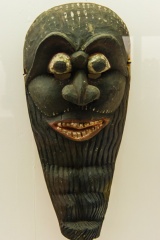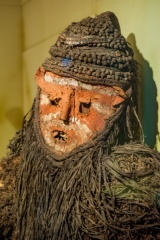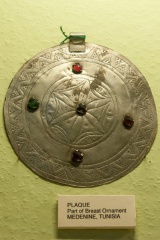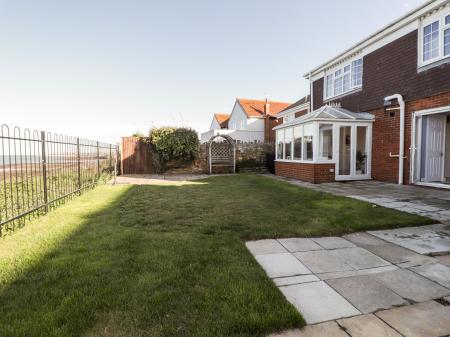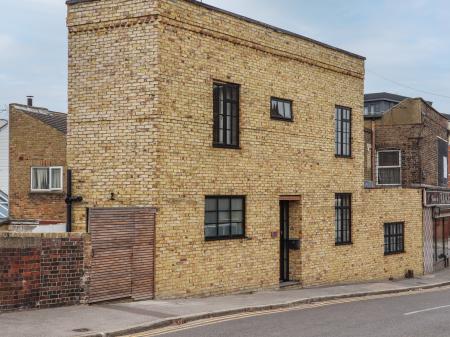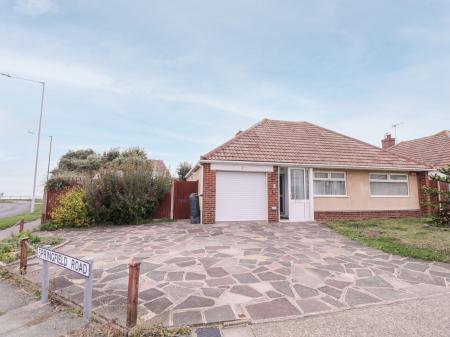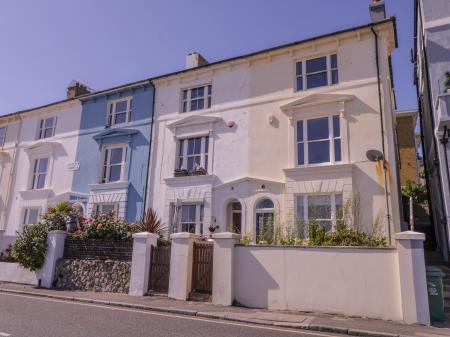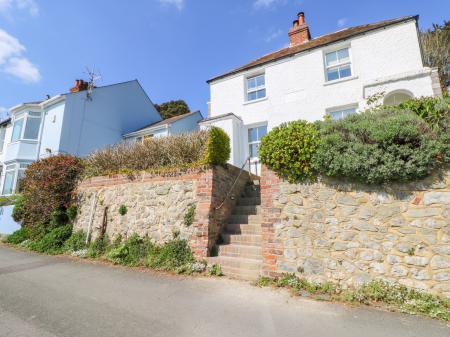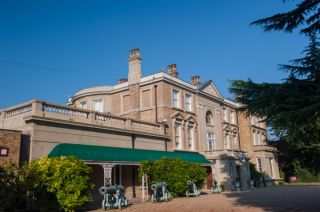
Like many contemporary explorers, Powell-Cotton was an enthusiastic hunter, and, as Simon Jenkins rather graphically puts it in his 'England's Thousand Best Houses' book, 'he killed anything that moved'. On one occasion his enthusiasm for big game hunting almost resulted in his death, when a wounded lion charged him. He was saved by the actions of his porters, who managed to distract the lion from mauling the Major, and kill it. Powell-Cotton was left with claw wounds and a badly torn suit, which is on display near the museum entrance.
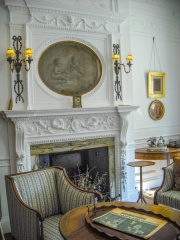
The end result of Powell-Cotton's explorations is a remarkable collection of over 500 cultural artefacts, stuffed and mounted animals, and mementoes of his travels. Among the items on show is an impressive collection of Chinese Ching dynasty Imperial porcelain. One of the things that really sets the Powell-Cotton collections apart is that the Major was a meticulous note-taker; he recorded in exacting detail the provenance of each cultural item and how it was used. The collection is fascinating for its cultural significance, but also for what it reveals about the late Victorian attitudes and values.
The house itself, though full of items collected by family travellers, is a comfortable Victorian home, all leather and genteel clutter. The exterior of the house dates from the 1880s but doesn't stray too far from the original 1803 design. The original house had a grand staircase of stone, but this was replaced by a wonderful oak stair. Upstairs rooms include a library, boudoir, and bedroom, much of it faithful to Hardwick's design. In the Library is a fascinating 'rolling ball' clock by Congreve, while at the top of the stairs is a 17th-century Italian marble bust of Democritus, 'The Laughing Philosopher', a gift of Lord Holland.
15 acres of gardens surround Quex House. Here you will find a Victorian walled garden, open lawns, exotic trees, woodland walks, and a wildlife pond. Also in the grounds - though not always open to view - is the extremely peculiar family mausoleum, built for John Powell Powell to house his collection of 12 bells. It is one of the very few secular bell towers in England still in use and is topped by a cage-like structure of cast iron that can best be described as something like the Eiffel Tower with a curving base, but in fact, it is modelled after the spire of Faversham church.
The house has limited opening hours but is well worth taking the time to view. And though the garden setting is wonderful, the real attraction for most visitors to Quex is the museum, which ought to be on every itinerary to south-east Kent!
PHOTOS OF QUEX HOUSE - EXTERIOR
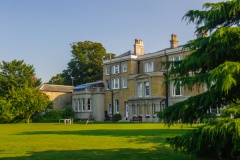
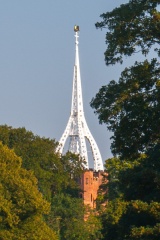
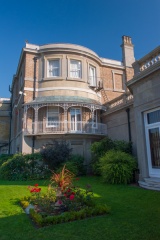
PHOTOS OF QUEX HOUSE - INTERIOR
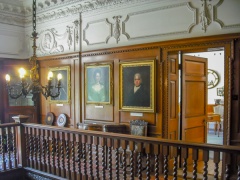
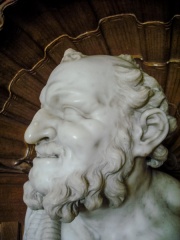
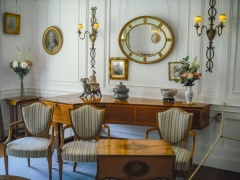
PHOTOS OF QUEX GARDENS
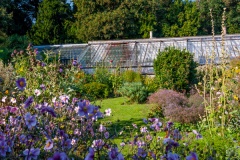
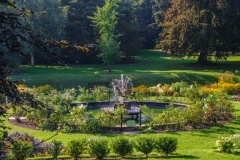

PHOTOS FROM THE POWELL-COTTON MUSEUM
